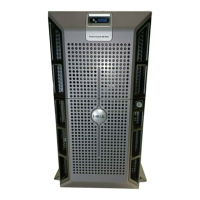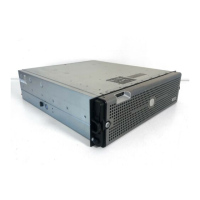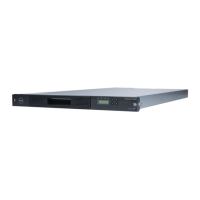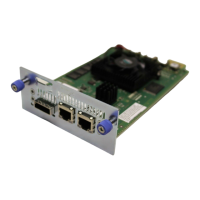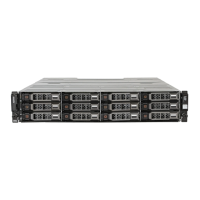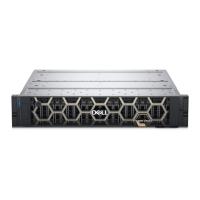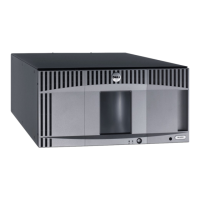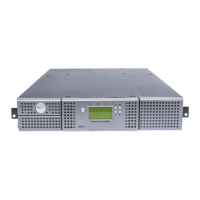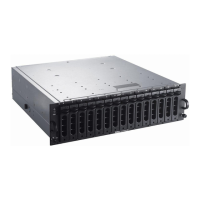For best results, run all three tests at initial installation. Also, run the tests any time you make changes to
the storage array or to components connected to the storage array (such as hubs, switches, and host
adapters).
A custom data pattern file called diagnosticsDataPattern.dpf is included on the Utility directory of the
installation CD. You can modify this file, but the file must have the following properties to work correctly
for the tests:
• The file values must be entered in hexadecimal format (00 to FF) with only one space between the
values.
• The file must be no larger than 64 bytes in size. Smaller files can be used, but larger files can cause an
error.
The test results contain a generic, overall status message and a set of specific test results. Each test result
contains the following information:
• Test (read/write/data loopback)
• Port (read/write)
• Level (internal/external)
• Status (pass/fail)
Events are written to the MEL when diagnostics are started and when testing is completed. These events
help you to evaluate whether diagnostics testing was successful or failed and the reason for the failure.
Recovery Operations
Recovery operations involve replacing failed RAID controller modules and physical disks, restoring data,
and restoring the storage array to operation.
Setting RAID Controller Module Operational Mode
A RAID controller module has three operational modes:
• Online
• Offline
• Service
CAUTION: Placing a RAID controller module offline can cause loss of data.
Placing a RAID controller module online sets it to the Optimal state and makes it active and available for
I/O operations. Placing a RAID controller module offline makes it unavailable for I/O operations and
moves its disk groups to the other RAID controller module if failover protection is enabled.
Taking a RAID controller module offline can seriously impact data integrity and storage array operation.
If you take a RAID controller module offline, the second RAID controller module in the pair takes over.
Disk groups and their associated virtual disks that were assigned to the offline RAID controller module are
automatically reassigned to the remaining RAID controller module.
CAUTION: Place a RAID controller module in Service mode only under the direction of Technical
Support.
Use Service mode when you want to perform an operation, such as replacing a RAID controller module.
Placing a RAID controller module in Service mode makes it unavailable for I/O operations. Placing a RAID
controller module in Service mode also moves the disk groups from the RAID controller module to the
second RAID controller module without affecting the disk groups’ preferred path. Moving disk groups
119
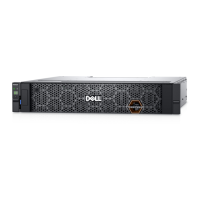
